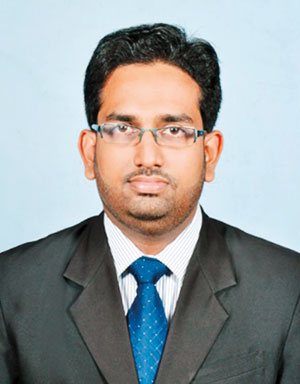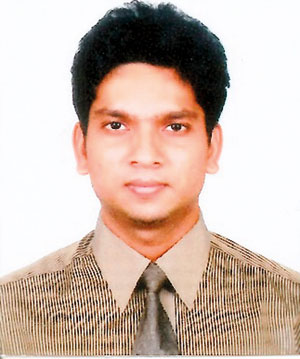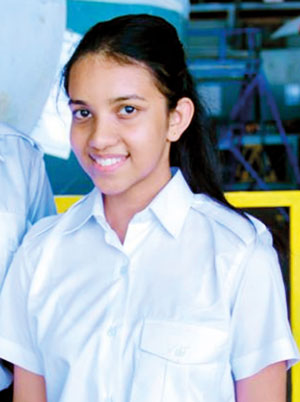Arts
Young Lankan ‘Sky Trailblazers’ reach for the stars

Eranga Jayashantha (Team leader)
Late last month a group of young local university students with a shared passion for astronomy made history. The five-member group, fittingly called “Sky Trailblazers” has already cemented their names and that of Sri Lanka in the sphere of space science with the discovery of seven new main-belt asteroids in the Asteroid Belt.
The five research students teamed up before the competition. What brought them together, explains group leader Eranga Jayashantha was their common love for astronomy which serendipitously propelled them into a group via the internet. Eranga’s passion for astronomy led him to training programmes overseas as well as exams on the subject. The knowledge he accumulated would eventually be passed on to his future teammates. While studying microbiology at undergraduate level at Kelaniya, he met fellow teammates Yasith Ramawickrama and Ayodhya Thejasiri who along with him were members of the Space Science Association of the University of Kelaniya. Their team would extend to Jude Wijesekera from the Open University and Meriesha Fonseka from the American College of Higher Education.
The team’s recent discovery comes as a preliminary observation at the International Asteroids and Near Earth Objects searching campaign which was organized by the United Nations’ Space Generation Advisory Council (SGAC) together with the International Astronomical Search Collaboration (IASC) and Hardin-Simmons University,Texas, USA. The campaign allows young astronomers a chance to collaborate as a research team via the internet, submitting a single MPC (Minor Planet Center) report to IASC on the image sets sent to them every week for a period of four weeks.The analysis was done with image sets taken from Pan-STARRS telescope (Panoramic Survey Telescope and Rapid Response System – PS1) which is a 1.8 metre large reflector telescope located at the summit of Haleakalā on Maui, Hawaii.
2016 marks the fourth year that Eranga has been participating in the campaign. Last year, together with Yasith and Jude, the three amateur astronomers were able to successfully locate a previously found Near Earth Object at the campaign.Taking their ambition to bigger heights this year, the team made it into the top 20 before making their maiden discovery.
Being research students, balancing their workload with the challenging task of analyzing the raw data sent by the campaign was no easy task, with the team working late nights. Celebrating the fruit of their labour, they can’t help but be proud to be one of two teams (along with India) to represent South Asia. Their newly named asteroids P10xd2w, P10xcZK, P10xe62, P10xe28, P10x0Lt, P10x0Mk, P10x0Li have been added to the IASC main-belt asteroids preliminary discovery database along with their own names.


Yasith Ramawickrama

Jude Wijesekara


